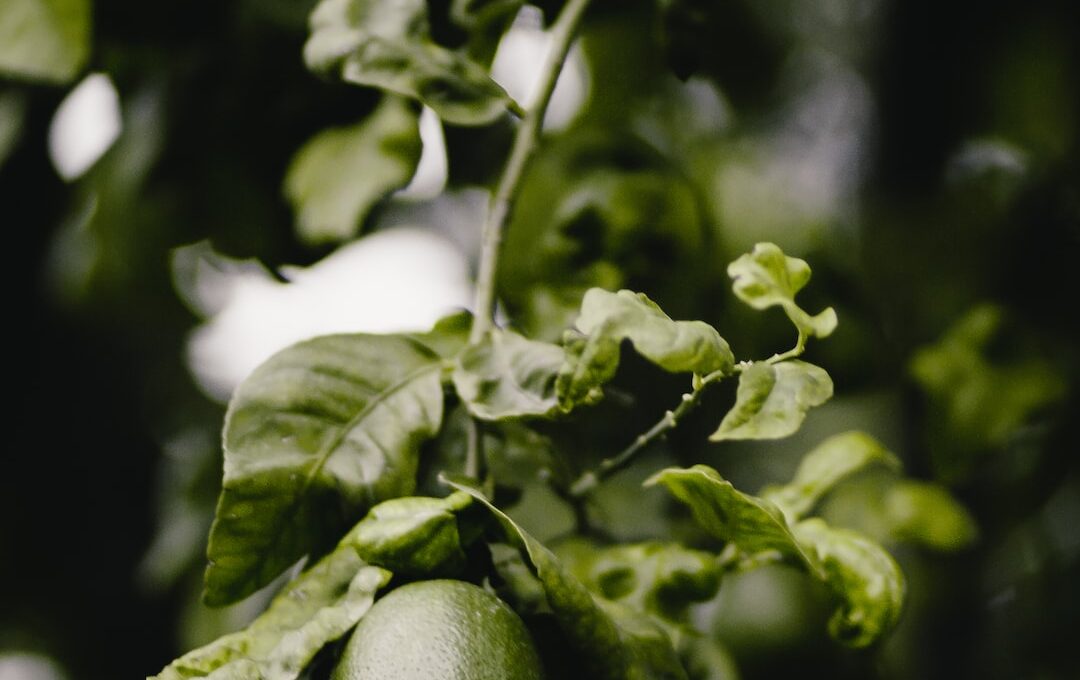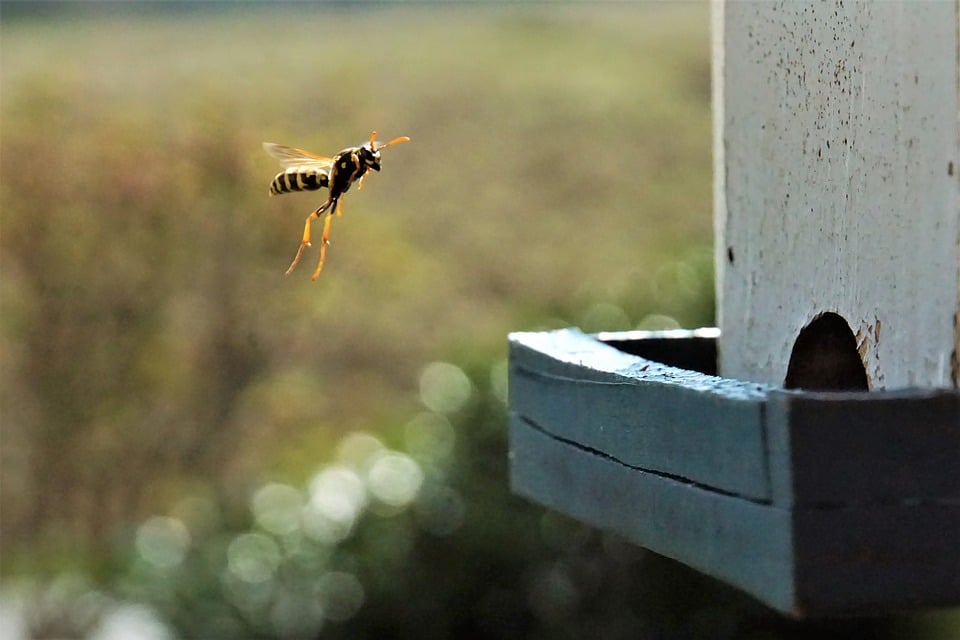Are you curious about how tall lime trees can grow in your garden? Well, you’re in luck! In this article, we will explore the impressive heights that lime trees can reach and provide you with essential tips to ensure their safety.
Lime trees, belonging to the citrus family, are known for their vibrant green leaves and deliciously tangy fruits. These trees can grow to be quite tall, reaching heights of up to 20 feet or more. However, it’s important to note that the height of lime trees can vary depending on various factors, such as the specific variety, growing conditions, and pruning techniques.
To ensure the safety of your lime trees, it’s crucial to provide them with the ideal growing conditions. This includes planting them in well-draining soil, providing them with ample sunlight, and ensuring they receive sufficient water. Additionally, regular pruning and maintenance are essential to control their height and prevent any potential hazards.
So, if you’re considering planting lime trees in your garden, stay tuned for more information on how to care for these magnificent trees and keep them at a safe height.
Quick Summary
- Lime trees can grow up to 20 feet or more in height, depending on the variety, growing conditions, and pruning techniques.
- Lime trees thrive in warm climates with well-drained soil and ample sunlight, preferring temperatures between 70 to 85 degrees Fahrenheit.
- Lime trees require at least 6 to 8 hours of direct sunlight daily and prefer well-drained soil with a pH level between 6 and 7, rich in organic matter.
- Some popular lime tree varieties include Key lime, Persian lime, Kaffir lime, Bearss lime, and Mexican lime, each with its own unique characteristics and suitability for different climates and garden sizes.
An Introduction to Lime Trees
Lime trees, with their vibrant green leaves and juicy fruit, are fascinating trees that can grow to impressive heights. If you’re interested in growing lime trees, it’s important to know about the different types of lime fruit and common diseases that can affect these trees.
There are several types of lime fruit, each with its own unique characteristics. The most common types include Key lime, Persian lime, and Kaffir lime. Key limes are small and tart, perfect for making refreshing limeade. Persian limes are larger and have a milder flavor, ideal for adding a tangy kick to your dishes. Kaffir limes, on the other hand, have a distinct fragrance and are often used in Thai cuisine.
Like any other plant, lime trees are susceptible to certain diseases. One common disease is citrus canker, which causes raised lesions on the leaves and fruit. To prevent the spread of this disease, it’s important to regularly inspect your lime trees and promptly remove any infected branches or fruit. Another common disease is citrus greening, which affects the tree’s ability to produce healthy fruit. To minimize the risk of citrus greening, make sure to provide your lime trees with proper nutrition and regularly monitor them for any signs of infection.
By understanding the different types of lime fruit and common diseases that can affect lime trees, you can ensure the health and productivity of your lime trees. Remember to take proper care of your trees and enjoy the beauty and deliciousness they bring to your garden. Stay safe and happy gardening.
Different Varieties of Lime Trees
Choose from the various types of lime trees available, and see how they flourish in your garden.
When it comes to lime trees, there are several varieties to consider. If you want a disease-resistant lime tree, the Bearss lime is an excellent choice. It’s known for its ability to resist common diseases and pests, ensuring the safety of your garden.
Another option is the Kaffir lime, which not only provides aromatic leaves for cooking but also has a compact size, making it perfect for small gardens.
The Persian lime is a popular choice due to its juicy and seedless fruit, making it easy to enjoy.
If you prefer a lime tree with a unique flavor, the Key lime will satisfy your taste buds with its tart and tangy fruit.
Lastly, the Mexican lime is known for its high tolerance to heat, making it ideal for those living in warmer climates.
No matter which variety you choose, these disease-resistant lime trees will thrive in your garden, providing you with an abundance of delicious and safe fruit.
Ideal Growing Conditions for Lime Trees
For optimal growth, lime trees thrive in warm climates with well-drained soil and ample sunlight. To ensure the health and safety of your lime trees, it’s important to provide them with the ideal growing conditions.
When it comes to lime tree care, one of the key factors is the temperature. Lime trees prefer temperatures between 70 to 85 degrees Fahrenheit, so make sure to plant them in a location that offers warmth throughout the year.
In terms of soil, lime trees require well-drained soil that’s rich in organic matter. This will help prevent waterlogging and ensure proper root development.
Additionally, lime trees need at least 6 to 8 hours of direct sunlight daily to thrive. Adequate sunlight is essential for photosynthesis, which is crucial for the tree’s growth and fruit production.
When it comes to pests and diseases, lime trees are susceptible to common issues such as aphids, scale insects, and citrus canker. Regularly inspect your trees for any signs of infestation or disease and take immediate action if necessary.
By providing the right growing conditions and being attentive to potential problems, you can ensure the health and longevity of your lime trees.
The Growth Rate of Lime Trees
The lush foliage of these citrus beauties bursts forth, their branches reaching skyward with a grace that seems almost effortless. Lime trees, when well taken care of, can grow at a steady pace. Here are four important factors that can affect the growth rate of your lime tree:
-
Proper Lime Tree Cultivation Techniques: To ensure healthy growth, it’s crucial to plant your lime tree in well-draining soil and provide adequate sunlight. Regular watering, fertilizing, and pruning are also essential for optimal growth.
-
Choosing the Right Climate: Lime trees thrive in warm, tropical or subtropical climates. They prefer temperatures between 60 to 85°F (15 to 30°C) and require protection from frost. Extreme cold or hot temperatures can stunt their growth and even cause damage.
-
Watering and Soil Moisture: Lime trees require consistent watering, especially during dry periods. However, it’s important to avoid overwatering, as this can lead to root rot. A well-draining soil that retains some moisture is ideal for promoting healthy growth.
-
Nutrition and Fertilization: Providing your lime tree with the right nutrients is crucial for its growth. Regularly fertilize with a balanced citrus fertilizer or organic alternatives to ensure proper nourishment.
By following these lime tree cultivation techniques and taking into consideration the impact of climate on their growth, you can help your lime tree reach its full potential while maintaining a safe and healthy environment for its growth.
Factors That Influence the Height of Lime Trees
To maximize the height of your lime tree, it’s important to consider factors such as proper cultivation techniques, ideal climate conditions, watering and soil moisture, and nutrition and fertilization.
Environmental factors play a crucial role in determining the height of your lime tree. Lime trees thrive in warm, tropical climates with plenty of sunlight. They require a minimum temperature of 50 degrees Fahrenheit and cannot tolerate frost. Ensure that your lime tree is planted in a location that receives full sun exposure throughout the day.
Another factor that greatly influences the height of your lime tree is the quality of the soil. Lime trees prefer well-drained soil with a pH level between 6 and 7. The soil should be rich in organic matter and provide adequate nutrient availability. Conduct a soil test to determine its fertility and make necessary amendments to improve the soil quality. Regularly fertilize your lime tree with a balanced fertilizer to provide essential nutrients for healthy growth.
Proper watering and soil moisture levels are also essential for maximizing the height of your lime tree. Water your lime tree deeply and infrequently, allowing the soil to dry out slightly between waterings. Avoid overwatering, as it can lead to root rot and stunted growth. Mulching around the base of the tree helps retain soil moisture and regulate temperature.
By considering these environmental factors and ensuring optimal soil quality, you can promote healthy growth and maximize the height of your lime tree.
Pruning and Maintenance Tips for Lime Trees
Pruning and regular care are crucial for maximizing the height potential of your lime tree. By following these pruning techniques and tips, you can ensure the health and safety of your tree while promoting its growth.
-
Start by removing any dead or diseased branches. This will prevent the spread of common diseases and pests that can hinder your tree’s growth.
-
Trim back any crossing or rubbing branches. These can cause damage and create weak points in the tree’s structure.
-
Maintain a balanced shape by pruning the canopy. This will allow for proper air circulation and sunlight penetration, promoting healthy growth.
-
Regularly inspect your tree for signs of common diseases and pests, such as citrus canker or aphids. If detected, take appropriate measures to treat and prevent further damage.
By following these pruning techniques and maintaining regular care, you can help your lime tree reach its full height potential while ensuring its safety and health. Remember to always prioritize safety when pruning, using proper tools and techniques to avoid accidents. Happy pruning!
Famous Examples of Tall Lime Trees
If you’re an avid nature enthusiast, you’ll be delighted to discover some truly remarkable lime trees that have gained worldwide fame for their majestic heights. These famous landmarks with lime trees hold great historical significance and are a sight to behold.
One such example is the Tilia Platyphyllos tree, also known as the Great Lime of Bern. Standing proudly in Bern, Switzerland, this lime tree is estimated to be over 500 years old and reaches a towering height of 40 meters. It has witnessed centuries of history and is considered a symbol of the city’s resilience.
Another famous lime tree can be found in the quaint village of Kingham, England. Known as the Kingham Lime, this tree holds a special place in the hearts of the locals. Standing at an impressive height of 22 meters, it has been standing tall for over 300 years. It serves as a reminder of the village’s rich history and has become a beloved landmark for residents and visitors alike.
Visiting these towering lime trees can be an awe-inspiring experience, but it is important to remember to prioritize safety. Always follow designated pathways and avoid climbing or damaging the trees. Their historical significance and natural beauty should be cherished and protected for generations to come.
Frequently Asked Questions
Can lime trees be grown indoors or in containers?
Yes, lime trees can be grown indoors or in containers. To successfully grow lime trees indoors, follow these tips and tricks for container gardening. Choose the best lime tree varieties that are suitable for growing in containers.
How long does it take for a lime tree to bear fruit?
It typically takes about 3-5 years for a lime tree to bear fruit. To encourage pollination and fruit production, prune your lime tree regularly and provide proper care, such as adequate sunlight and watering.
Are there any specific pests or diseases that lime trees are prone to?
Common pests and diseases affecting lime trees include scale insects and citrus canker. These can harm the health and productivity of your lime tree. It’s important to take precautions to protect your tree from these common threats.
Can lime trees tolerate cold or frosty climates?
Lime trees have good cold tolerance and can withstand frosty climates. They are able to survive freezing temperatures, making them a safe choice for those living in colder regions.
Do lime trees require a lot of water to grow and thrive?
Lime trees require regular watering to grow and thrive. Optimal growing conditions for lime trees include well-drained soil and consistent moisture. Be sure to provide enough water, but avoid overwatering to prevent root rot and other issues.
Conclusion
In conclusion, growing lime trees can be a rewarding experience. By providing them with the right conditions and regular maintenance, you can encourage their growth and maximize their height.
Remember to prune them properly and provide adequate nutrients and water. With time and care, you can have tall and healthy lime trees that will enhance your garden or landscape.
So go ahead and start planting your lime trees, and watch them reach impressive heights!









